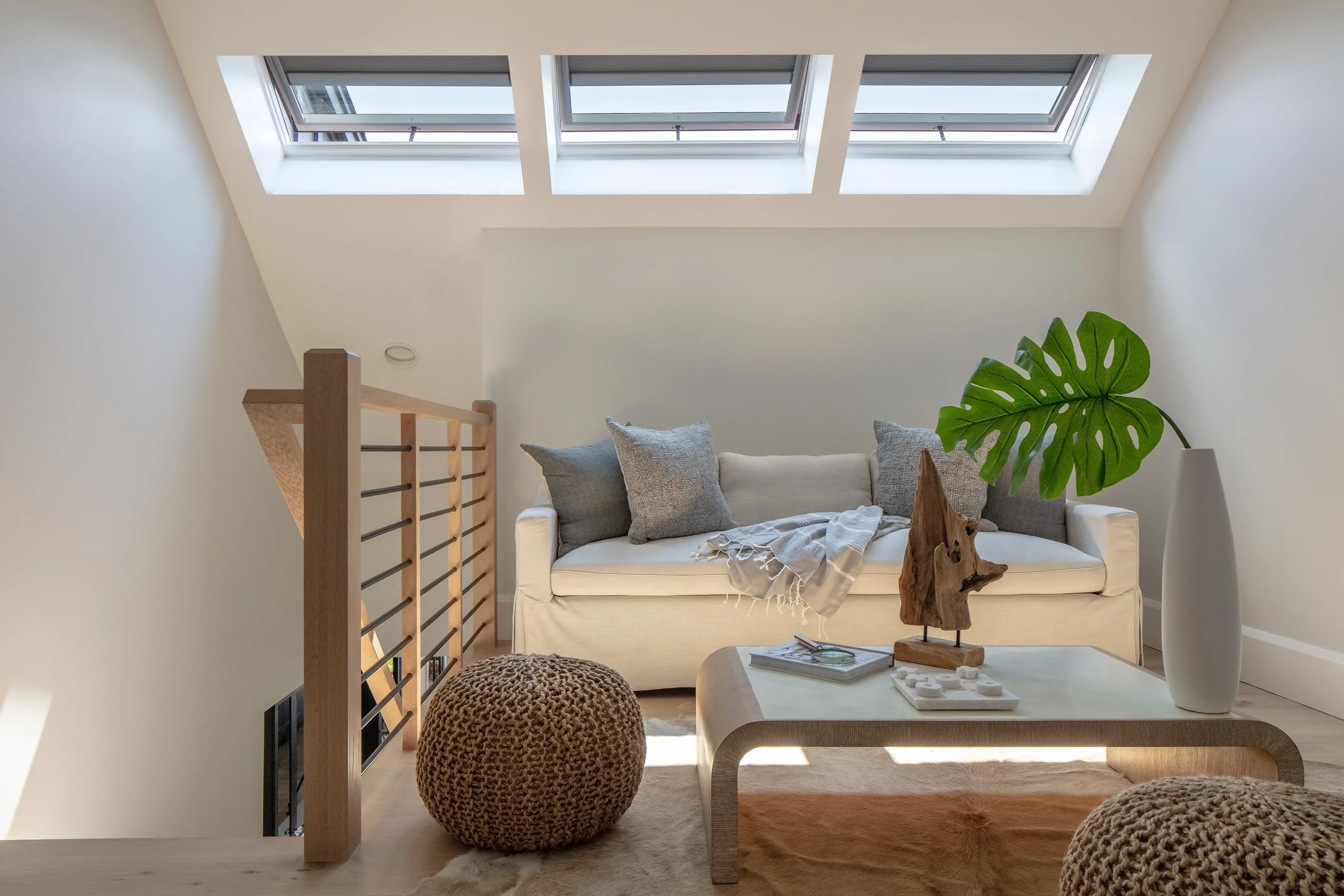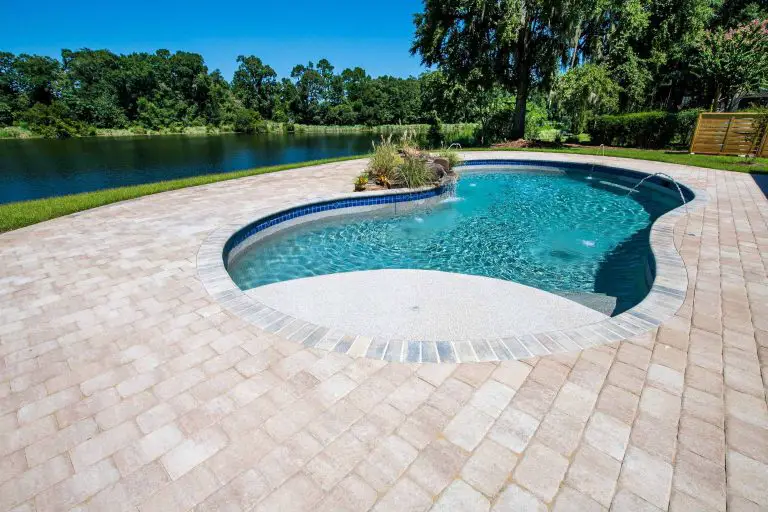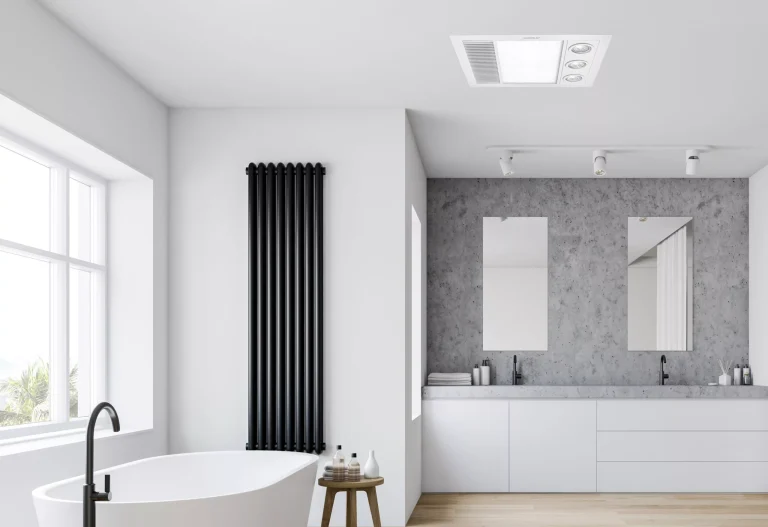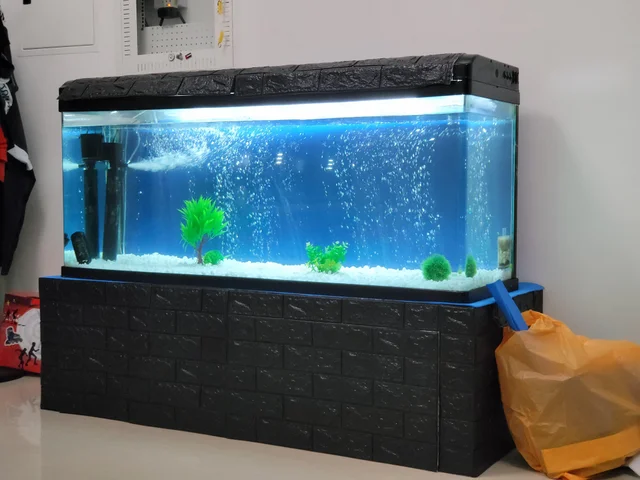How Much Energy Does a Skylight Save?
A skylight is an opening in the roof of a building that allows natural light to enter. Skylights can bring in a considerable amount of natural light and heat, which can significantly reduce the need for artificial lighting and heating in a building. As a result, skylights can help to reduce the amount of energy consumed in a building, which in turn can result in significant savings in energy costs. Skylights can also reduce the need for air-conditioning since they can allow natural air to move through a building. The energy savings of a skylight depend on the size, location, and design of the skylight, as well as the climate of the area. In general, though, skylights can result in energy savings of up to 10-30% in residential buildings, and up to 40-60% in commercial buildings.
Definition of a Skylight
A skylight is a window or other opening in a ceiling or roof that allows for natural light and ventilation. Skylights can be installed as part of a structure’s original construction or can be added afterward as part of a renovation or remodeling project. Skylights are a great way to add natural light to a room, reduce energy costs, and create a more pleasant and enjoyable atmosphere. Skylights come in a variety of sizes and styles and can be customized to fit any space.
Benefits of Installing a Skylight
Installing a skylight brings many benefits to your home or office. Not only does it allow natural light to filter in, reducing the need for artificial lighting, but it also regulates the home’s temperature and humidity levels, saving you money on energy costs. Skylights open up the room, providing a sense of spaciousness and enhancing the overall look of the property. Not to mention, skylights are an excellent way to bring the outdoors in, connecting the interior space with the outside environment. Moreover, skylights provide natural ventilation, helping to reduce the need for air conditioning. Installing a skylight is a great way to transform your home or office and bring in more natural light.
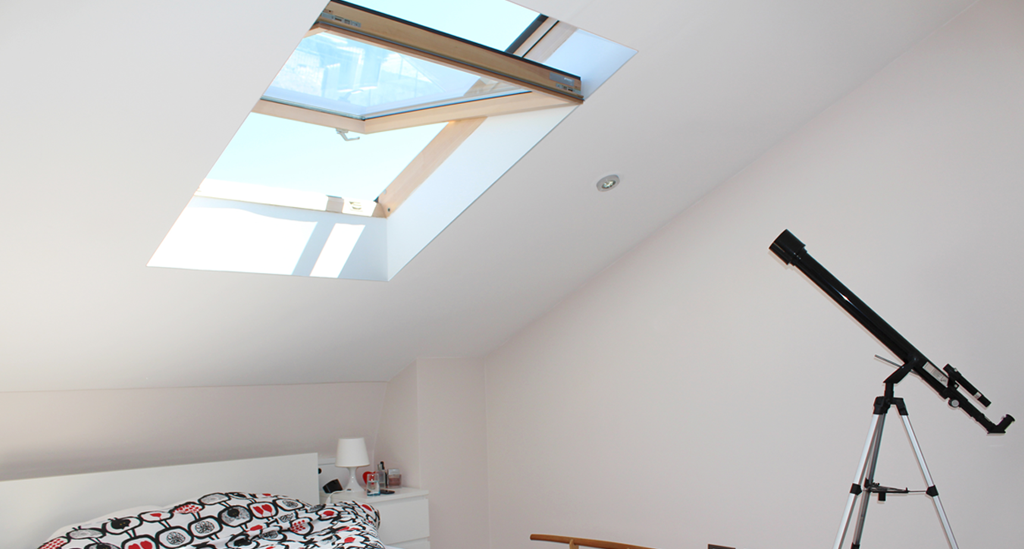
Credit: www.flynnroofing.com
Types of Skylights
Skylights are an amazing way to bring natural light into any indoor space. There are three main types of skylights: fixed skylights, venting skylights, and tubular skylights. Fixed skylights are stationary and provide a static area of illumination. Venting skylights are designed to open and close, allowing for natural ventilation. Tubular skylights are small domes that bring in light through a reflective tube. Each type of skylight offers unique benefits, depending on the needs of the space. All three types are effective ways to bring natural light into any home or business.
Estimated Energy Savings from a Skylight
Adding a skylight to your home is one of the most cost-effective and energy-efficient ways to reduce your energy costs. Skylights offer natural lighting and ventilation, which can significantly reduce your need for electric lighting and air conditioning. Skylights also reduce glare and create a more comfortable living environment. By installing a skylight, you can help reduce your energy consumption and save money on your energy bills. Skylights can also increase your home’s value and make it more attractive to potential buyers. With the installation of a skylight, you can enjoy the beauty of natural light, reduce your energy costs, and add to your home’s value.

Factors that Determine Skylight Energy Savings
Skylights can be a great addition to any home, but how much energy savings they provide depends on several factors. The size of the skylight, the type of glazing, the orientation and location of the skylight, the type of frame, and the shading from the surrounding environment all play a role in how much energy savings you can expect to see. The size of the skylight affects the amount of heat that can be lost or gained, while the type of glazing can change the amount of solar radiation that comes through the skylight. The orientation and location of the skylight help to determine how much light and heat is blocked or absorbed by the skylight. The type of frame and the amount of shading from the surrounding environment can also affect how much energy savings you get from your skylight. By understanding these five factors that determine skylight energy savings, you can make an informed decision when selecting and installing a skylight.
Installation Considerations for Maximizing Energy Savings
When installing energy-efficient systems, there are several considerations to keep in mind to ensure that you are maximizing energy savings. Firstly, it is important to choose the right materials and products – those which are energy efficient, durable, and cost-effective. Secondly, you should ensure that all systems are properly sized and installed to ensure maximum energy efficiency. Additionally, one should consider the use of insulation, air sealing, and weatherization to ensure that the system is running at its optimal level. Finally, regular maintenance and inspection of the system should be done to ensure that it is running as efficiently as possible. By following these steps, you can ensure that you are making the most of your energy savings.
Professional Installation for Maximum Energy Savings
When it comes to energy efficiency, the difference between DIY and professional installation can be significant. Professional installation ensures that your energy-efficient products are correctly installed and are running at maximum efficiency. This can result in much higher energy savings than if you were to install the product yourself. Professional installation also ensures that your product is installed safely and to the highest standards, giving you peace of mind knowing that your energy-efficient product is running safely and efficiently. Professional installation is the best way to get the most out of your energy-efficient products and maximize your energy savings.
Other Benefits of Installing a Skylight
Skylights offer more than just light. They can also reduce energy costs, increase air quality, and add a unique architectural touch to any room. Installing a skylight can offer a range of benefits to your home or business.
Skylights allow natural sunlight to enter the building and reduce the need for artificial light, therefore reducing energy costs. This is especially beneficial during the summer months when the sun is shining most of the day. Skylights are also a great way to improve air quality by allowing fresh air to enter the building, as well as reduce humidity levels by using natural ventilation.
In addition to these benefits, skylights can also add a unique visual flair. Installing a skylight can open up a room and create the illusion of a larger space. Skylights also make great architectural features, adding a touch of character to any interior.
All in all, installing a skylight can be a great way to improve the look and feel of your home or business while also providing practical benefits.
Conclusion
Skylights can save a significant amount of energy in a building. By allowing natural light to enter a space, skylights can reduce the need for electric lights and other artificial sources of energy. This can result in energy savings of up to one-third of the energy consumed in a building. Additionally, skylights can also offer additional benefits such as improved ventilation, improved air quality, and better temperature regulation. Therefore, skylights are an excellent way to save energy in a building.
